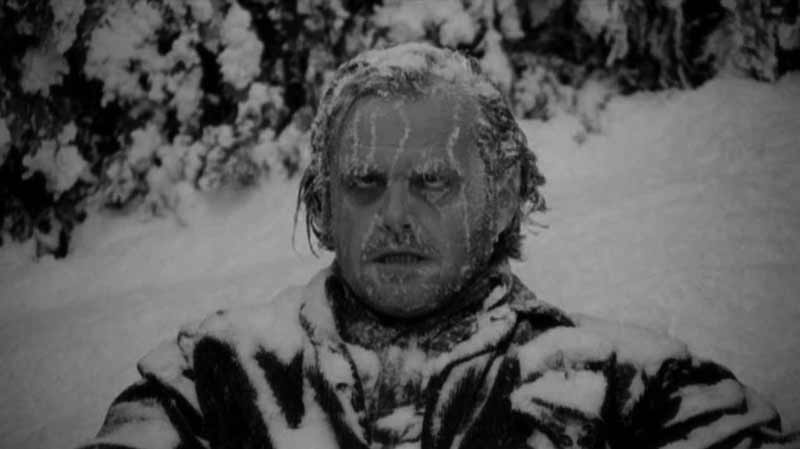Winter can be a dangerous time for your RV’s plumbing system and holding tanks
For most RVers, there are usually three options during winter for those in the northern states: Winterize your RV and store it for the colder months, travel in it and stay someplace that’s a lot warmer (like Texas, Florida and other southern states), or just suck it up and live in it during freezing temperatures.
Here are some things to consider if you’re in option number three or if temperatures where you are about to plunge for more than just a couple of days.
Disconnect the city or outside water line
Most modern RV’s bays and tanks have heaters in them or. at least, are heated through ductwork. But that fresh water coming in from your RV park can freeze up as it travels from the supply (which is often heated or insulated). If you can, fill your fresh water tank and use water from that. Otherwise, there are some heated potable water hose options available on Amazon.
Insulate plumbing lines
This may be a bit extreme, but there are plenty of examples in various online forums and Facebook owner’s groups talking about how heat to the bays seems to stop working or not be adequate.
Adding foam pipe insulation to exposed pipes in your bay may seem a bit extreme, but it’s easy to add (and remove), and could provide a good, cheap insurance policy in extremely cold weather. After all, it’s better to be safe than sorry, right? Amazon.com has the foam insulation for 3″ pipes and 1-1/2″ pipes.
Portable space heaters
There’s plenty of discussion and resources online as to the best, favorite, etc. space heaters. Obviously, safety is a prime concern here, so features like a tip-over turn-off, automated thermostats, exhaust venting, hot or unsafely exposed heating elements, etc.
Some RVers have put small portable heaters in their plumbing bays. This isn’t really an optimum solution as they aren’t constantly monitored and dangerous conditions and problems could arise.
Skirting your RV
This is an important cold-weather strategy for winter RVers. There are “professional” or commercial insulating/skirting kits available on Amazon.com or you can use sheets of rigid foam insulation, held together and sealed at the seam with insulation tape. Some RVers also add bails of hay around the base of their RV (outside of the foam insulation sheets) for added protection.
With just a little forethought, you can head off freezing problems when living in your RV during cold, winter months.

